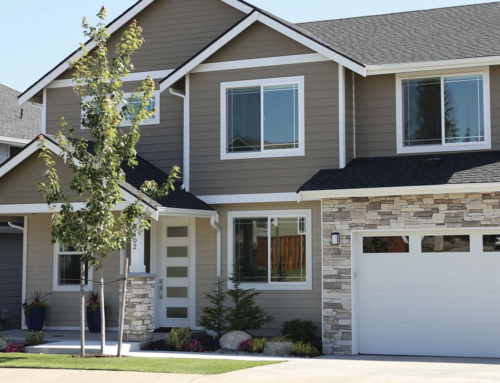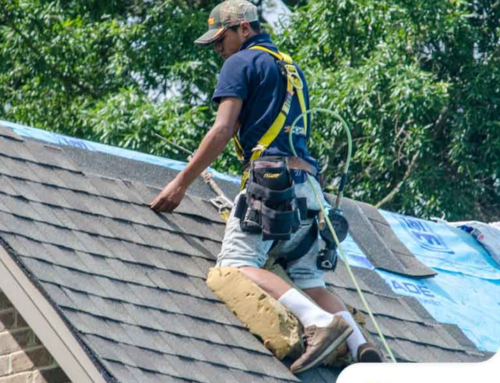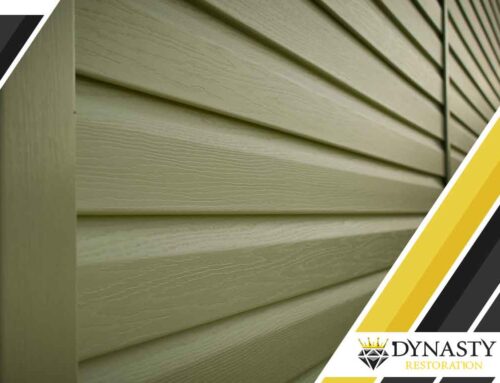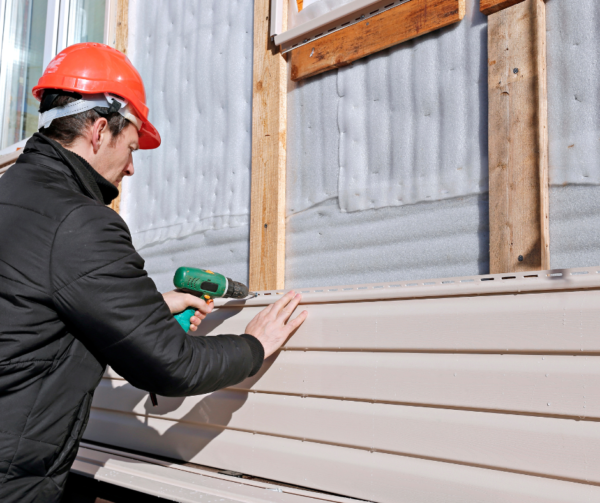 Your siding is integral to the overall aesthetic, energy-efficiency, and integrity of your home. Well-kept, high-quality siding significantly influences your home’s curb appeal and property value. Most importantly, your home’s siding protects your home from the elements. You know that it needs some attention. What you do not know is whether you can paint and repair it or if you need to replace it.
Your siding is integral to the overall aesthetic, energy-efficiency, and integrity of your home. Well-kept, high-quality siding significantly influences your home’s curb appeal and property value. Most importantly, your home’s siding protects your home from the elements. You know that it needs some attention. What you do not know is whether you can paint and repair it or if you need to replace it.
Replacing siding is no small task. It is a large undertaking and a significant financial commitment. This guide can help you decide which path to take. Thespruce.com has the Best House Siding Options to help you decide on what is best for you if all signs point to replacement.
Cracked, Warped or Rotting
These may be the most obvious signs that your siding is damaged beyond repair. Walk around your home for a thorough visual inspection. Even small cracks can point to larger problem. Take your time and poke around. Evaluate whether the layer beneath solid or does gives way if you touch it. If there is more rot beneath the cracked or warped portions of your siding, it might be time to call in a professional.
Blisters or Bubbles
If you spot blisters or bubbling forming beneath the surface of your siding, take note. Bubbles and blisters indicate that water has gotten trapped within the siding, which means you have a moisture problem. Since siding is supposed to prevent moisture from entering your home, this is a good indication that your siding is no longer doing its job.
Fungus, Mold or Mildew
Be wary of fungus, mold or other kinds of growth that appear on your siding, particularly near the seams. These kinds of substances grow wherever moisture is available, which means that their presence could indicate that water is penetrating your siding. While not all instances of fungus are cause for alarm, they are certainly worth further investigation.
Severely Faded
When siding loses its color and becomes severely faded, this is a sure sign that its weatherproofing is on its last leg. This does not mean your siding is suddenly useless, but it is definitely a good time to consider upgrading your siding before more serious problems occur. Bobvilla.com says These Classic Vinyl Siding Colors Deliver Curb Appeal For Years.
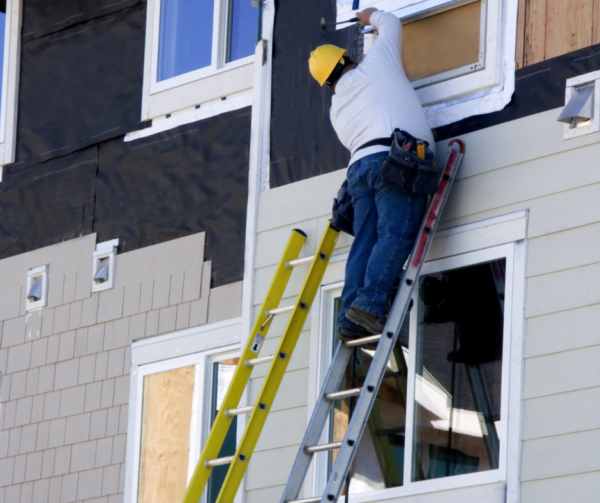 Frequent Painting
Frequent Painting
Most homes require a fresh coat of paint every eight to ten years. If you find yourself needing to repaint your home much more frequently than that, the problem may not be the paint, but the siding underneath. Pealing or chipping paint are a strong indication that it is time to replace your siding.
Higher Energy Bills
Many factors can be at play when your energy bills soar. If you have ruled out leaks in your attic, drafty windows and faulty insulation, then you should consider whether it is bad siding that could be the culprit. The main purpose of siding is to help your home retain heat and cold, insulating it from the elements. Old or damaged siding does not insulate well and that is reflected in your energy bill.
Paint peeling inside your home
Sometimes bad siding outside your home reveals itself inside your home. If moisture is getting through your siding and into your walls, it can cause significant damage within your home. Wallpaper and paint problems can be a sign that your siding is allowing unwanted moisture to enter.
When you decide it is time to replace your siding, the team at Dynasty Restoration is ready to find the perfect fit for your home. For a Free Estimate, Contact us Today!

